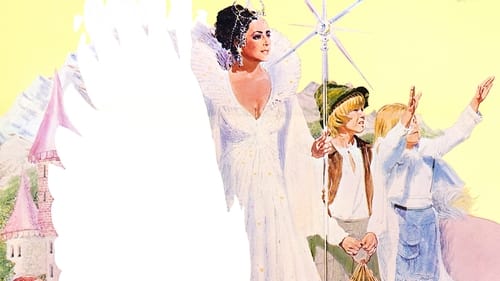
Writer
Claude Debussy's fairy tale-based opera Pelléas et Mélisande is by now well known; at once a tale of doomed love and a meditation on the cycle of creation and destruction (adapted from Maurice Maeterlinck's 1893 symbolist play), it originally premiered in 1902 to mixed critical reception, but has since become a staple of the operatic repertory and one of the most popular works from Debussy's canon. This particular production emerged from the Opernhaus Zürich in 2004. It stars Rodney Gilfry as Pelléas, Isabel Rey as Mélisande and Michael Volle as Golaud. Franz Welser-Möst conducts the Zurich Opera Orchestra; Sven-Eric Bectholf directs for the stage.

Theatre Play
A pair of peasant children, Mytyl and her brother Tyltyl, are led on a magical quest for the fabulous Blue Bird of Happiness by the Fairy Berylune. On their journey, they are accompanied by the humanized presences of a Dog, a Cat, Light, Fire, Bread, and other entities.

Original Story
Two peasant children are taken by a fairy one night to a different world where they can see what lies behind ordinary household things, animals, and feelings. 1970's animation feature "The Blue Bird" is the only film, directed by cult Soviet actor Vasiliy Livanov. Based on a piece by Maurice Maeterlinck, this movie combines different techniques - from classic drawn animation, to cut-outs and stop-motion, creating a unique cinematic experience.

Theatre Play

Novel
In Belgium during the first World War , the Uhlans order the burgomaster to be shot by his son-in-law.

Story
Based on the short story by Nodier and the play by Maeterlinck.

Theatre Play

Story
Two peasant children, Mytyl and Tyltyl, are led by Berylune, a fairy, to search for the Blue Bird of Happiness. Berylune gives Tyltyl a cap with a diamond setting, and when Tyltyl turns the diamond, the children become aware of and conversant with the souls of a Dog and Cat, as well as of Fire, Water, Bread, Light, and other presumably inanimate things. The troupe thus sets off to find the elusive Blue Bird of Happiness.




